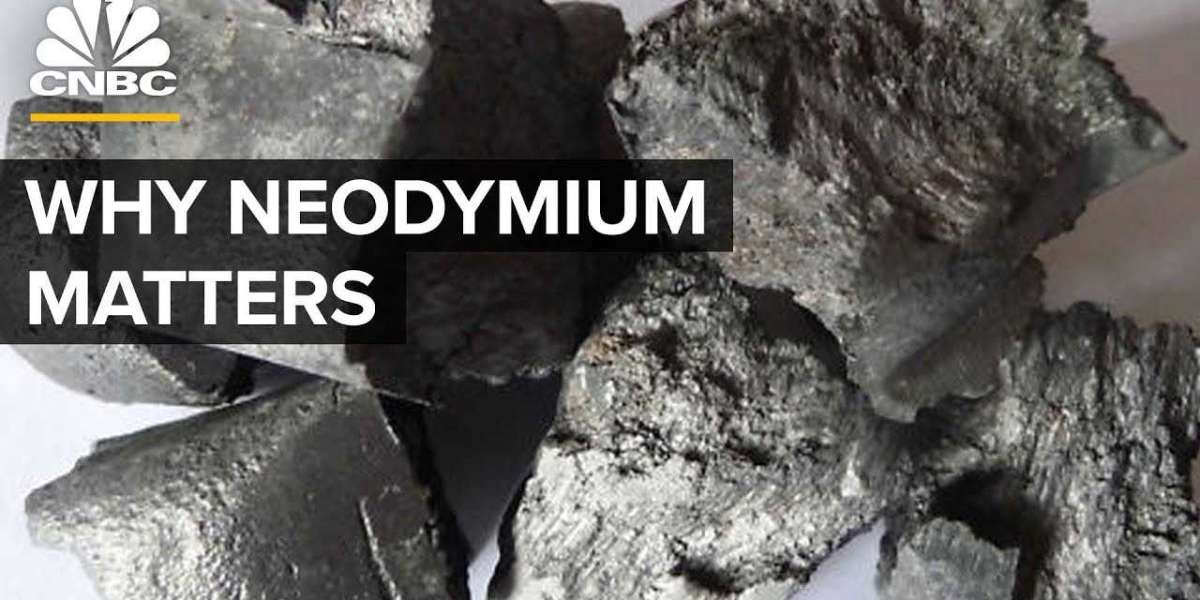You are probably aware that magnets have a north pole and a south pole and that they attract certain metals to themselves. In addition, you probably know that magnets have a north pole and a south pole. The magnetic field and the electric field are connected in some way, and magnetism is one of the four fundamental forces in the universe, along with gravity, the strong and weak atomic forces, and electromagnetism. The other fundamental force is electromagnetism. Or else, why don't they just stick to utilizing the various other types of metal? Why do their positions in relation to one another, which can either attract or repel one another, depending on how they are arranged? Why are ceramic magnets so much less powerful than the neodymium magnets that we used to play with when we were kids? What is it about neodymium magnets that makes them so much more powerful? The lines of force that are generated by the magnetic field exit the magnet via its north pole and enter via its south pole. Those lines of force are called field lines. Magnets that are either permanent or made of materials that are difficult to manipulate always produce their own magnetic field. It is only when a current flows through the wire coils that make up an electromagnet's structure that it is able to produce magnetic fields.

Because electrons and protons are essentially miniature magnets, every substance possesses some form of magnetic property. This is because magnetic properties are associated with subatomic particles. The fact that electrons spin in opposite directions renders the magnetic properties of an atom null and void in the vast majority of materials. This renders the magnetic properties of an atom null and void. magnets supplier with varying levels of attractive force are produced by various alloys, which are combinations of metals. Alloys are known by their collective noun, "alloy."Simple metals are used in the construction of some varieties of magnets. The ceramic magnet known as lodestone, which is also known by its mineral name magnetite, was the first magnetic material that was ever discovered. Lodestone is something that can be found in nature. In spite of the fact that ceramic magnets have been around for such a significant amount of time, the first ceramic China Magnets Manufacturer to be manufactured for commercial use did not appear until 1952. They are stronger than ceramic magnets, but not as strong as magnets that contain rare-earth metals, which are a group of elements. Ceramic magnets are the strongest type of magnets. Ceramic magnets are the most powerful variety of permanent magnets.
Neodymium magnets are comprised of the elements iron and boron in addition to the rare-earth component neodymium. As of the time that this article was written, the most powerful magnets that are currently available for purchase on the market are neodymium magnets.
Magnets composed of samarium and cobalt are known as samarium-cobalt magnets. Samarium is a rare-earth element. The researchers at Dayton University Research University in the United States came up with these magnets in the 1960s. Over the course of the past few years, researchers have also found magnetic polymers, which are also referred to as plastic magnets due to their magnetic properties.
A sizeable portion of today's electronic devices cannot function without the incorporation of magnets manufacturer into their design. This reliance on magnets is a relatively recent phenomenon, and the primary reason for this is that the vast majority of modern devices require magnets that are more powerful than those that are found in nature. It has the potential to attract paper clips and other small objects, such as staples and paper clips.
By the 12th century, people had realized that they could use lodestone to magnetize pieces of iron, which would ultimately result in the creation of a compass. This finding emerged as a result. Scientist William Gilbert eventually provided an explanation that this north-south alignment of magnetized needles was caused by the Earth behaving in a manner that was similar to that of an enormous magnet with north and south poles. Gilbert's explanation was that this alignment of magnetized needles was caused by the Earth behaving in a manner that was similar to that of an enormous magnet.
The needle on a compass does not come anywhere close to having the same amount of power as many of the permanent that are utilized in today's technology. Each domain can be compared to a small, self-contained magnet with a north pole and a south pole. This analogy is useful for thinking about how domains are organized. As a result of magnetic domains being oriented in opposite directions, the material does not produce a net magnetic field as a result of this.
On the other hand, the magnetic domains that can be found in magnets almost always point in the same general direction when observed under normal conditions. Instead of canceling each other out, the microscopic magnetic fields come together to form a single expansive magnetic field. Each domain's magnetic field makes a circuit that goes from its north pole to the south pole of the domain in front of it and then back again. This happens in both directions.
This explains why slicing a magnet in half creates two smaller magnets, each of which has a north pole and a south pole of its own when compared to the original magnet. When the field lines of one magnet leave the north pole, they naturally enter the south pole of another magnet. This effectively combines the two magnets into a single larger magnet and explains why magnets with opposite poles are attracted to one another.
The magnetic domains in a piece of metal must be coaxed into aligning themselves in the same direction for one another in order to produce a magnet that is stable over time
This is the only requirement needed to make a magnet
When a needle is rubbed with a magnet, this is the phenomenon that takes place because the domains are encouraged to align as a result of the exposure to the magnetic field
People have theorized that when the Earth was still in the process of forming, tiny pieces of magnetite eventually coalesced into magnets manufacturer
In today's modern world, the method that is utilized most frequently for the production of magnets is one in which metal is placed inside of a magnetic field. It takes a few moments for the domains to start moving; this delay, known as hysteresis, occurs between the application of the field and the change in domains. Hysteresis is a term that comes from the Greek word for "hysteresis."There is a momentary pause before the field is brought into play.
The domains that were already aligned in the north-south direction continue to expand in size while the domains that surround them continue to contract. In the presence of a strong magnetic field, certain walls simply disintegrate away. The degree to which something is permanent or retentive is directly proportional to the level of difficulty involved in bringing about an alignment of the domains. This is the case whether the permanence or retentivity is positive or negative.
If you expose a magnet to a magnetic field that is aligned in the opposite direction, you can either reduce the strength of the magnet or completely demagnetize it by switching the direction in which the magnetic field is aligned. The heat causes the material to become distorted, and it also excites the magnetic particles, which results in the domains becoming misaligned. The heat is caused by the material being heated.








